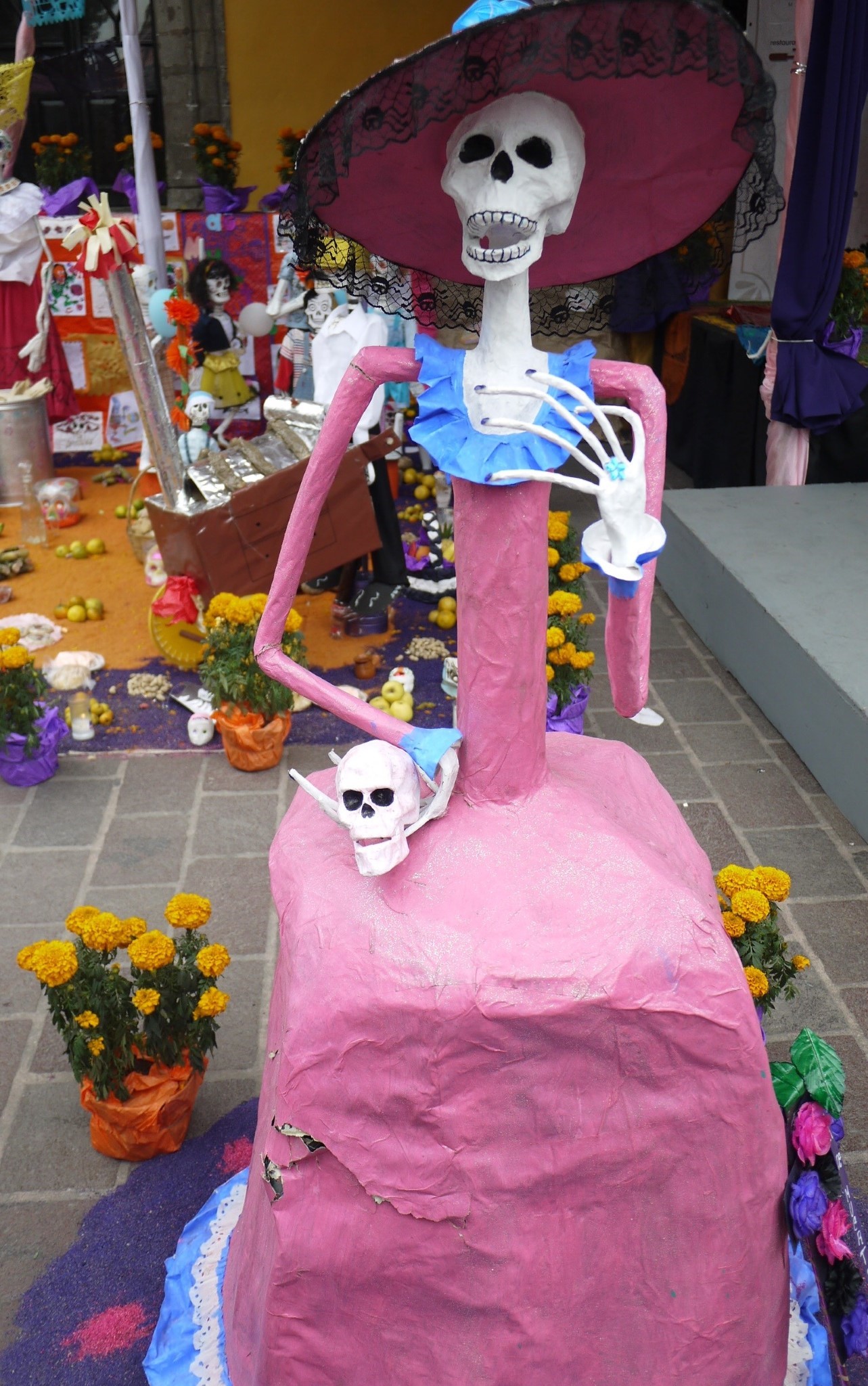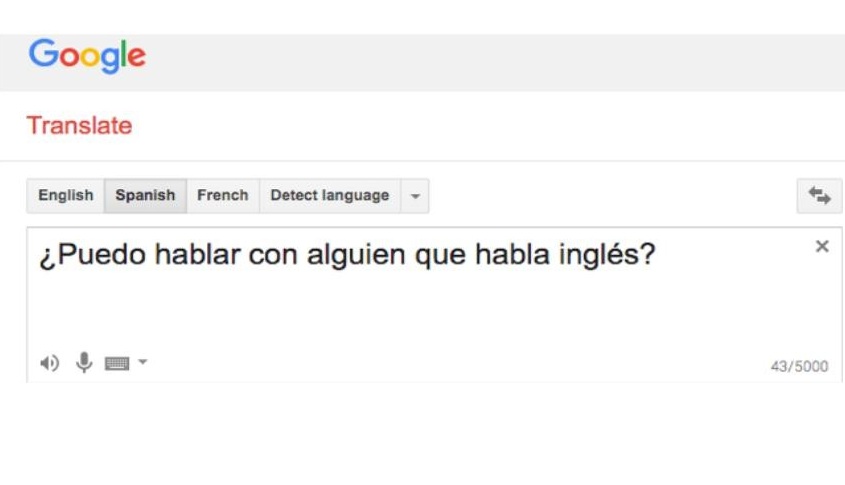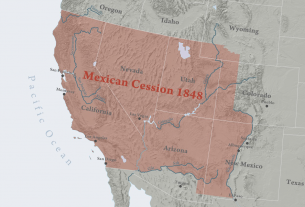By Manzanillo Writer from the October 2018 Edition
History
Originally called La Calavera Garbancera, the etching was created sometime between 1910 and 1913 by José Guadalupe Posada as a broadside, and was published from the original plates in 1930 by Frances Toor, Blas Vanegas Arroyo and Pablo O’Higgiafia: Las Obras de José Guadalupe Posada, Grabador Mexicano. Calavera (Dapper Skeleton). This image can be found on plate 21 of Posada’s Popular Mexican Prints.
The image made from zinc etching captures the famous calaveras or skull/skeleton image that had become popular at the turn of the 20th century. The original leaflet describes a person who was ashamed of his/her indigenous origins and dressed imitating the French style while wearing lots of makeup to make his/her skin look whiter. This description also ties to the original name garbancera, which became a nickname given to people of indigenous ancestry who imitated European style and denied their own cultural heritage.
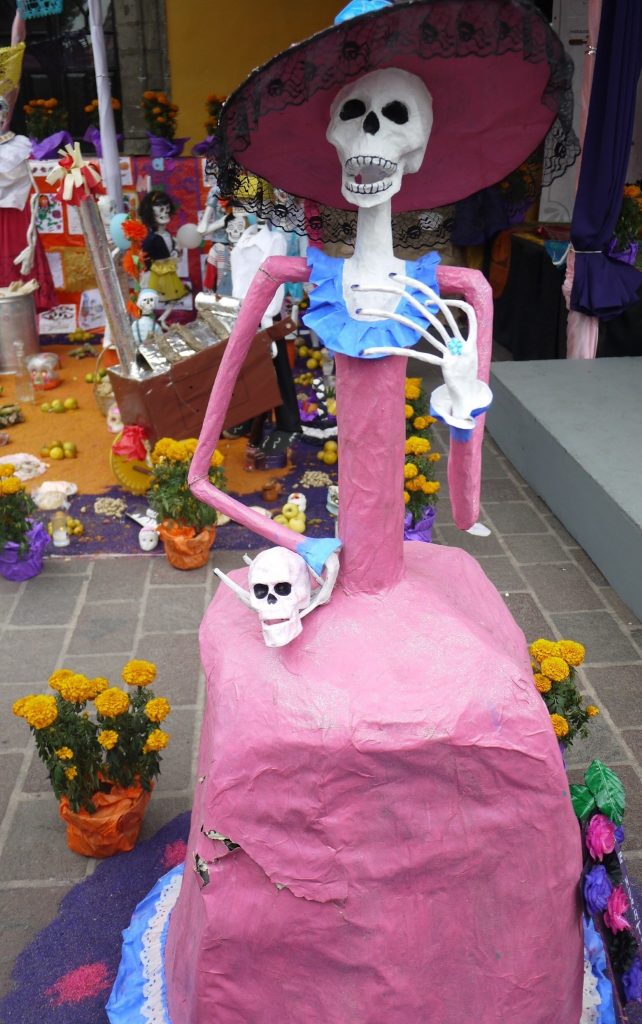
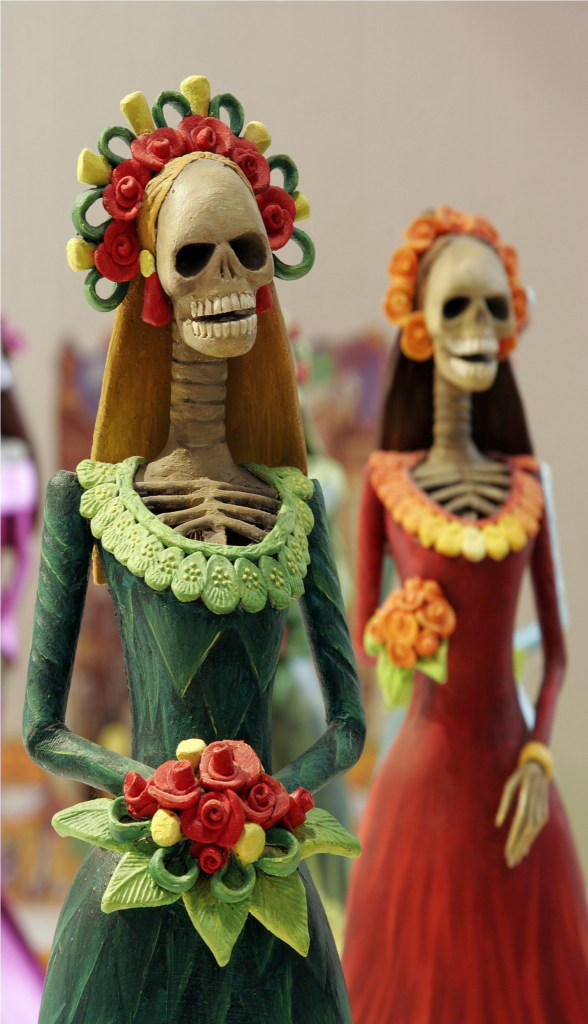
Cultural importance
“La Catrina has become the referential image of Death in Mexico, it is common to see her embodied as part of the celebrations of Day of the Dead throughout the country; she has become a motive for the creation of handcrafts made from clay or other materials, her representations may vary, as well as the hat.” – J.G. Posada
While the original work by Posada introduced the character, the popularity of La Calavera, as well as her name, often referred to as La Catrina, is derived from a work by artist Diego Rivera in his 1947 completed mural, Sueño de una Tarde Dominical, en la Alameda Central (Dream of a Sunday afternoon along Central Alameda).
Download the full edition or view it online
Manzanillo Sun’s eMagazine written by local authors about living in Manzanillo and Mexico, since 2009
